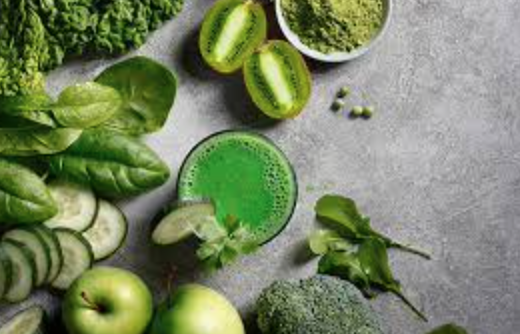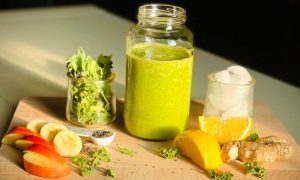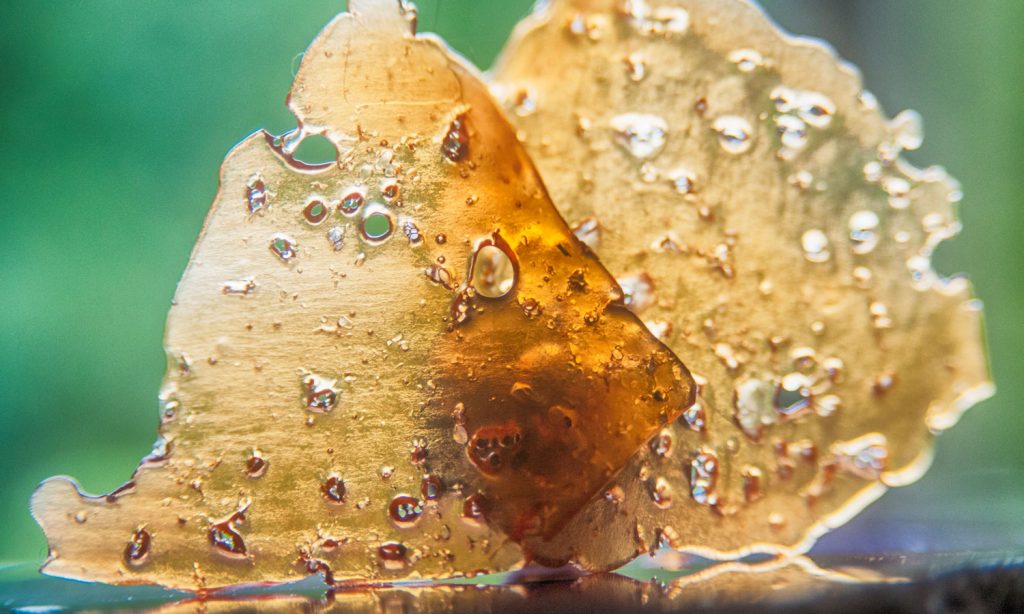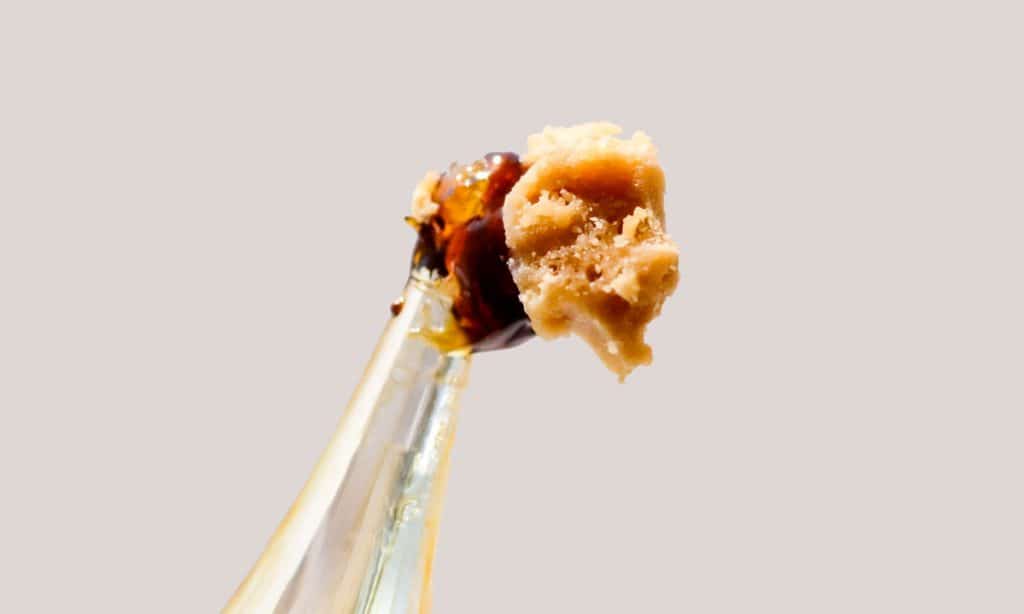Despite the talk of equity – cannabis remains a bro world.
Barbie was a huge success raking in over $1.4+ billion worldwide and one of the biggest movies last year. It was a tale of women understanding and leading. But, it seems it wasn’t as big of hit in the cannabis or alcohol industries. Like alcohol, the marijuana industry is male dominated and has a bit of insider feel to it.
RELATED: Science Says Medical Marijuana Improves Quality Of Life
In 2020, it started becoming a regular business practice to diversify management, leadership and customer base, but the change has come slowly to marijuana. While you have some stellar female leaders like Nancy Whiteman, the CEO of edibles giant Wana Brands and the top business publisher Debra Borchardt from Green Market Report, there aren’t not many others.
The world of alcohol is a boys’ club with only 24 percent of women and 4 percent of women of color held C-suite positions in the North American wine, beer and spirits industry. This is an industry which has boomed and been wicked profitable since the repeal of prohibition.

Marijuana is doing better than the alcohol industry, 2023 research from Headset market reports found women make up 33.8% of the U.S. market for cannabis. By design or default, the industry isn’t for women in the minds of the men who run which is an enormous miss of market potential.
The minority and LGBTQS+ community are represented even less. Part of the problem was a rush to immediately fix a problem. New York upended their recreational rollout and not only did it disenfranchise potential minority business owners, it fed a huge unlicensed market with over 1,500 dispensaries in New York City alone.
Money is part of the issue, and not just the money to be made. You have to have money, time and patience to be in the cannabis industry. With limited banking options, investors are key and, traditionally, woman and minorities don’t have the reach as men do in the “boys club”. Again New York is trying to quickly solve the problem, the 10-year loans it offers to dispensary owners are highly restrictive and potentially burdensome, giving licensees little control over building out their own locations, instead requiring them to foot a bill handed to them by the state. This could be a set up for failure.
RELATED: 5 Morning Activities To Help You Feel Happier
It is also humorous to note some of the biggest scandals in the industry have been lead by male CEOs/Founders including Medmen, High Times, Skymint, and Green Growth Brands.
While there continues to be gains, it will be interesting how the industry involves after rescheduling and larger players in alcohol, tobacco, healthcare and retail entire the space.

























